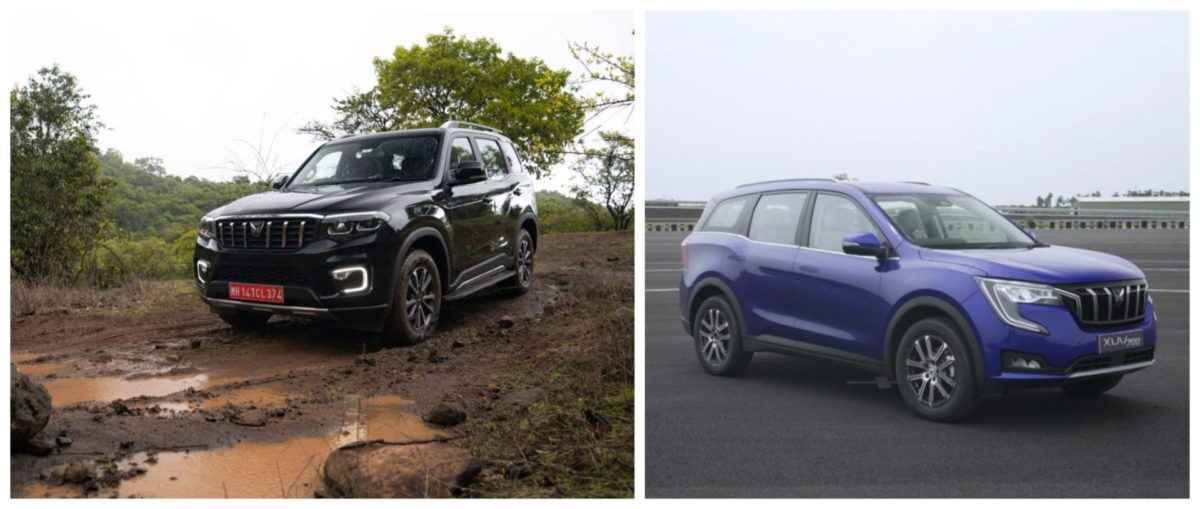SUVs have been selling like hotcakes the world over. Manufacturers have found the sweet spot of customers’ liking and created a number of segments in the SUV space. Starting from micro SUVs to the larger three-row SUVs, all have been at their highest selling point over the last few years.
Now, the biggest consideration one makes while buying an SUV in India is the price of the product. For an extremely budget-centric audience, since the sub-compact SUV segment wasn’t enough, we now have micro SUVs too! Then there’s the mid-size segment which provides more comfort, features and premium-ness than the segment below. Then comes the premium, three-row, full-size SUVs for those who like to move around with their big family and for those adventure enthusiasts who wish to do some sporty stuff.
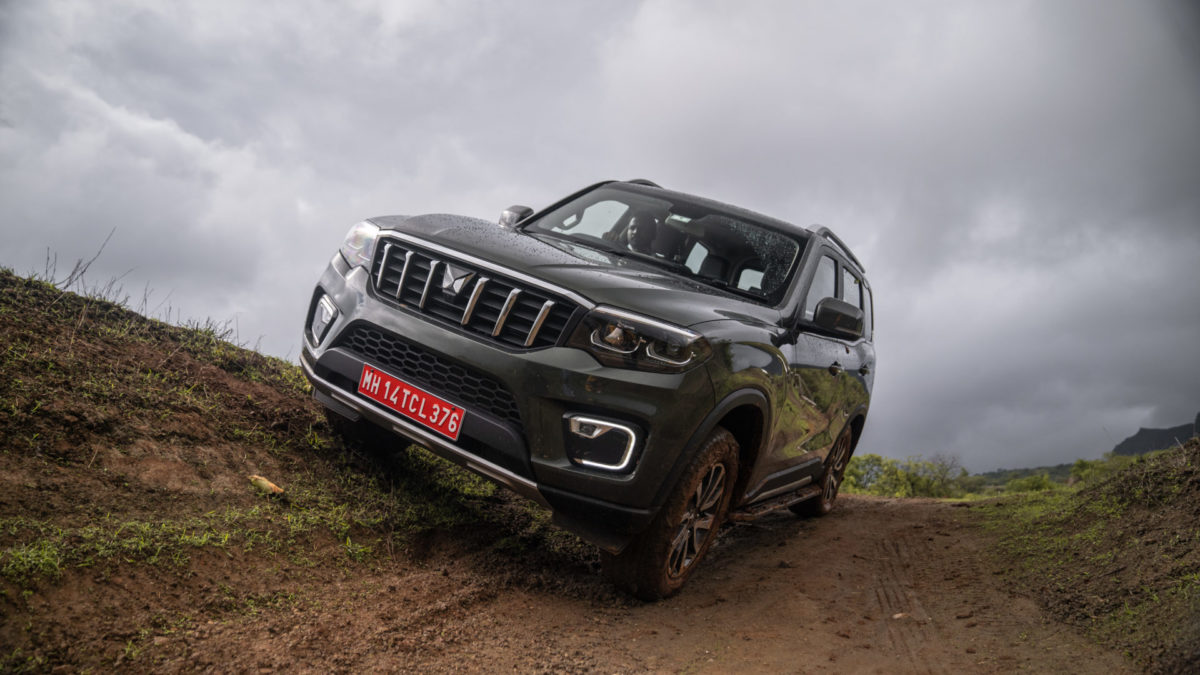
There is also one major consideration that is often neglected by customers in the Indian market before buying an SUV- the chassis or the body of the SUV. This is a very important factor as the chassis of a car holds the key to many other factors such as rideability, performance and comfort. While this may contain some technical stuff, we will try to simplify in the best way possible so that when you decide to buy an SUV, it will help you in selecting the right one.
Brief History and Fundamentals
It was in the 19th century with the production of the Model T Ford that the ladder frame chassis was first introduced. It was such an inexpensive vehicle due to its low production costs that even the factory employees could afford to purchase one. The ladder frame design consists of a rigid framework and carries all the weight on its back, so to speak. From the beginning of vehicle production time, the ladder frame chassis was introduced due to its simplicity and robust design.
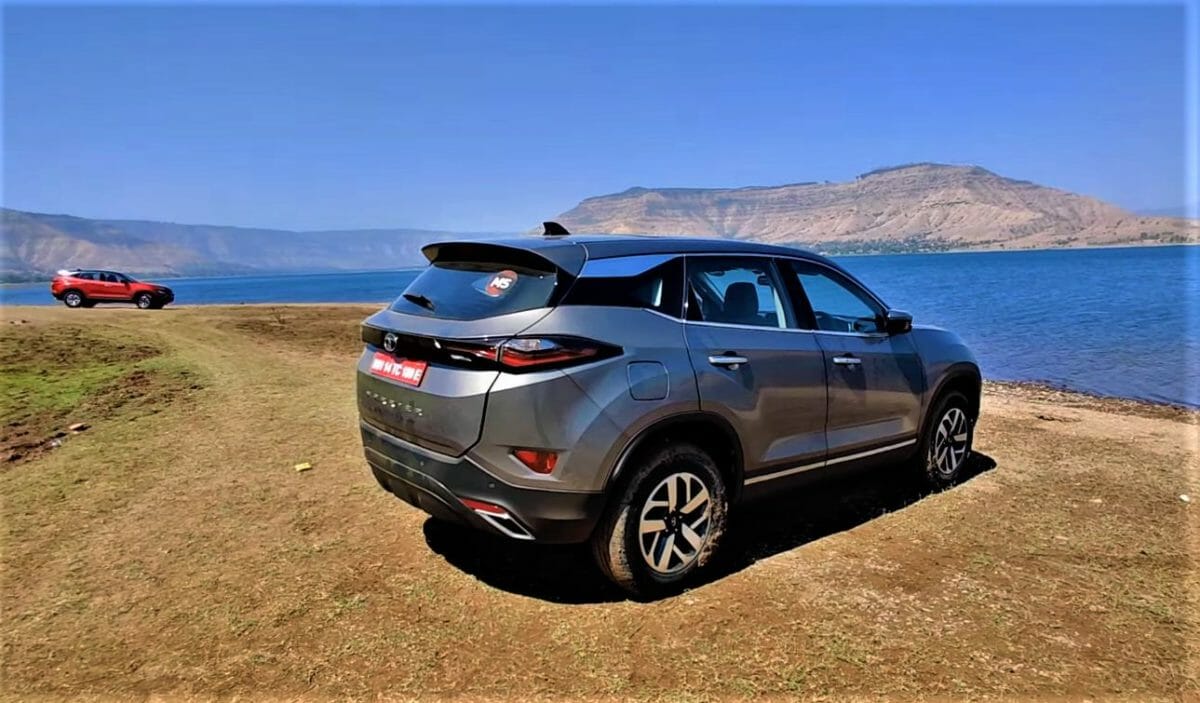
Monocoque or Unibody frame SUVs are the talk of the town in the auto industry these days. Although this frame construction was considered to be better suited for sedans and hatchbacks, it is slowly creeping its way into the genre of bigger vehicles. The Monocoque Frame has a unitized frame and body construction. Here, the entire frame network is a rigid structure that bears the load of the vehicle’s components unlike the Body on Frame Construction where only the ladder section takes the brunt.
Advantages of Monocoque over Ladder On Frame
1. Light and Fuel Efficient
The main advantage of the uni-body is its lightweight design since the metal framework extends to the furthest part of the vehicle’s body structure. This advantage negates the need to add more weight to specific vehicle parts to strengthen and reinforce them. This drastically reduces the vehicle mass and load it needs to haul which means manufacturers can add a smaller capacity engine to accomplish the same task a larger engine would in a ladder frame. This directly translates to better fuel economy. Also, these structures are modular and the same architecture can underpin multiple vehicles with very little modifications, translating into big cost savings for the maker.
2. Better On-Road Handling
Monocoque handling will always trump a ladder frame derivative when compared on the road. Ladder frame vehicles are not known for their fantastic on-road manners. This is due to the fact that the monocoque’s centre of gravity is much lower which allows manufacturers to design more agile, aerodynamic vehicles resulting in superior performance on-road. The low floor placement makes a monocoque construction much easier to get in and out of and since the structure is more wholesome, chassis flex is almost negligible.
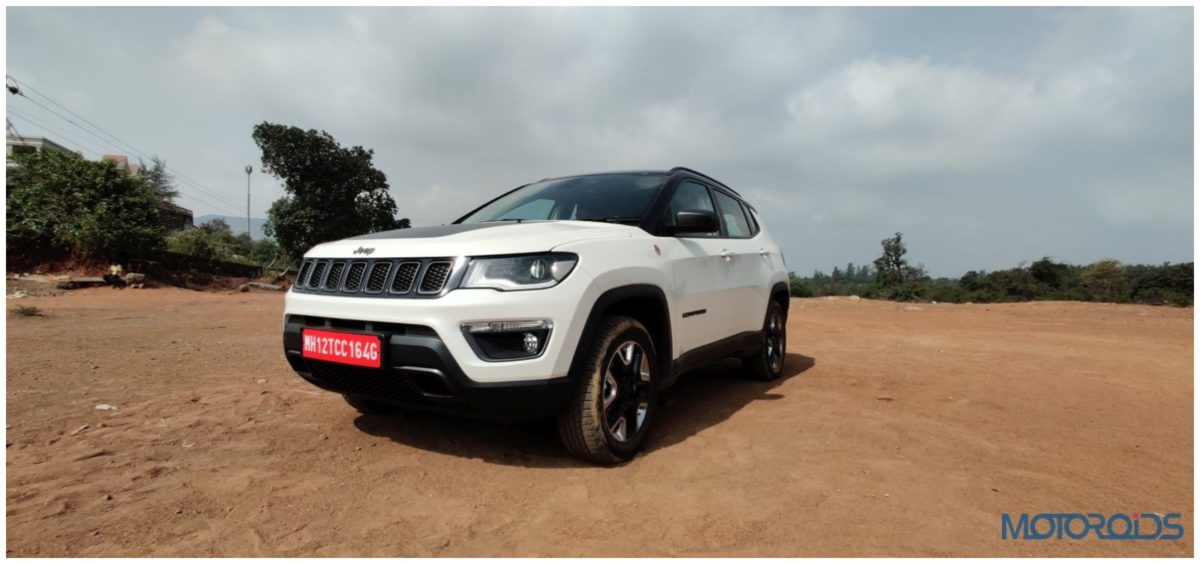
3. Improved Safety
A lot of R&D resources go into the manufacture of monocoque frame networks. The frame is constructed in a way that it crumbles and bends only in specific ways. While designing the frame networks, manufacturers use this quality to ensure that the impact force of the crash is diverted away from the vehicle’s occupants. The vast framework also allows impacts to be absorbed better from various angles since vehicle accidents do not just occur from the front. This also vastly improves the safety aspect of the monocoque chassis.
Also read: Mahindra Thar 5 Door Spotted Testing For The First Time!
Advantages of Ladder On Frame over Monocoque
1. Offroad Superiority
Despite being more than 100 years old, the technology of body on frames can literally exist solely for its off-road prowess. The super toughened frame structure of these vehicles can gobble up rocks, uneven terrain, and almost anything you throw at them. The body on frame constructions is obligated to have higher floor pans due to their construction. This allows for much higher ground clearance which is a complete boon for tackling off-road duties. Also, the ladder-on-frame design allows for the chassis to accommodate higher wheel travel and such a design deals better with twisting forces.
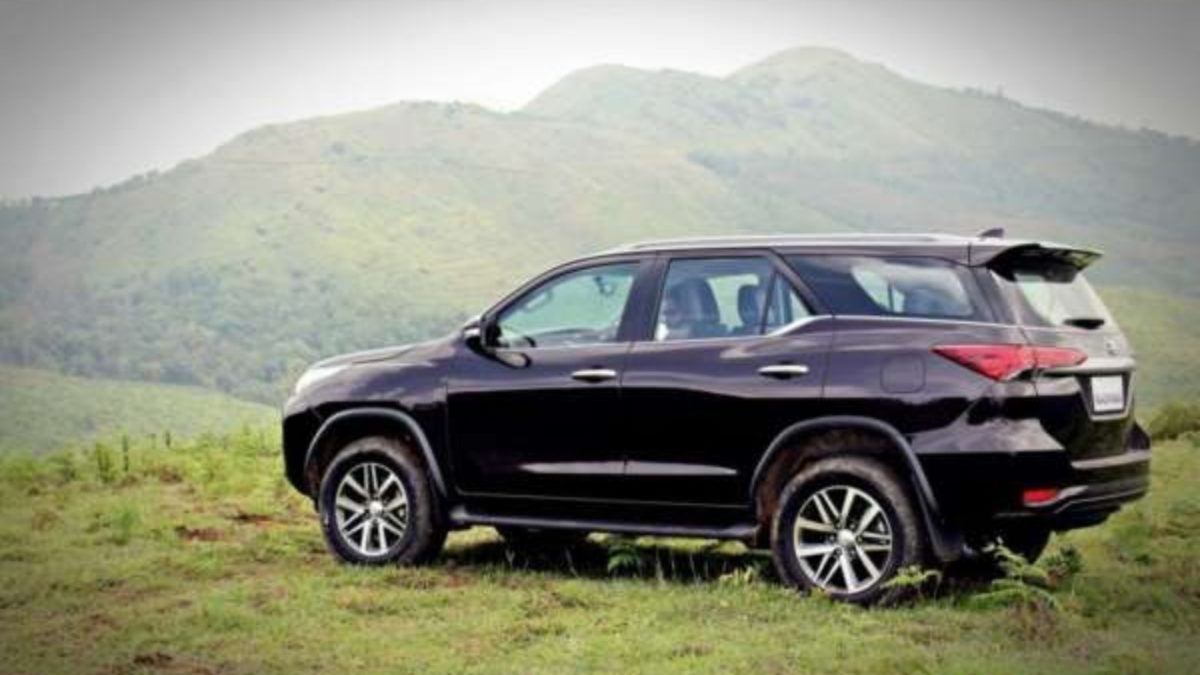
2. Easy to Repair
The ladder frame chassis is the oldest design in the automotive industry. It has been phased out over the years in favour of the monocoque chassis due to safety, weight and rides dynamics advantages. A ladder frame is easier to work on to carry out damage repairs as it is a separate structure from the body. Many of the ladder frame components are isolated and makes repair work easier. You do not need sophisticated equipment to repair a body on frame chassis.
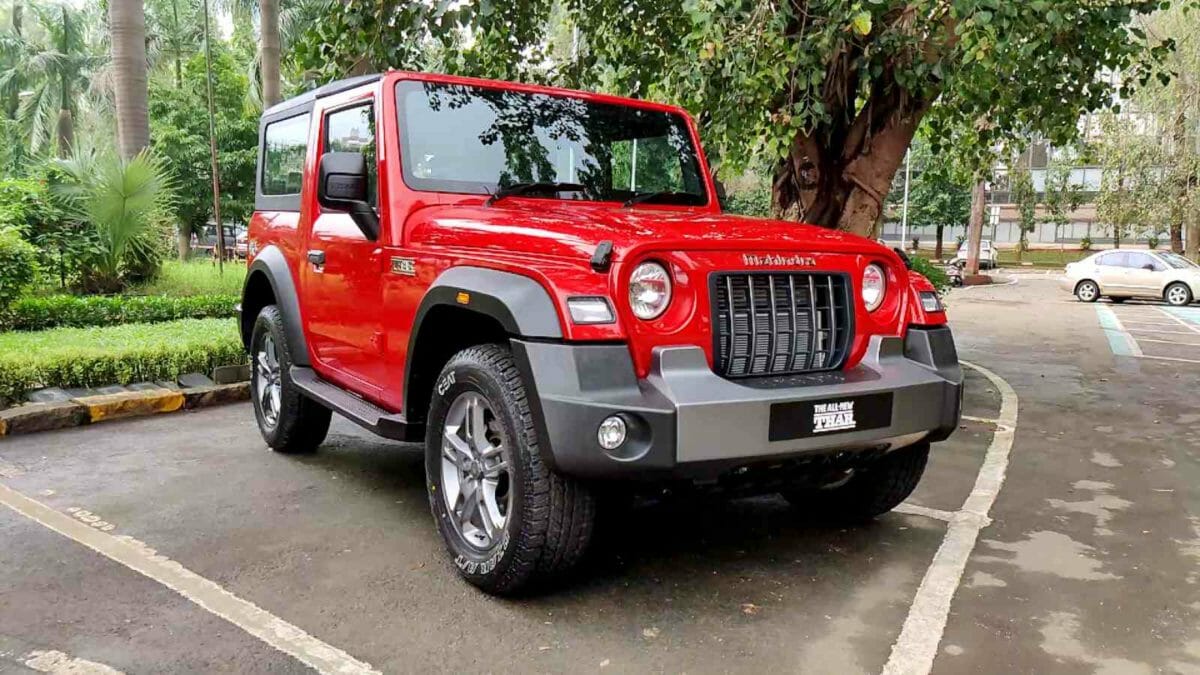
3. Lower Production Costs
One ladder frame can be used on a variety of different body types. For example, manufacturers will release a ladder frame UV like the Toyota Hilux then use the same ladder frame and put an SUV on top like the Fortuner. The same is the case with Ford Raptor and Everest (international version of Endeavour). You can also have the same ladder frame but with different suspension setups. This results in lower production costs as it negates the cost of research and development of a separate suspension for a different model.
4. High Torsional Rigidity
A ladder frame can withstand high levels of stress under load and it takes a lot to bend or deform a body on a frame chassis under load. Torsion and bending resistance represent the amount of force required to twist or extend the chassis member by a certain amount of degrees or centimetres. In the case of a body on frame construction, the force required to significantly bend and deform the chassis is very high and almost impossible to attain in practical applications. This is the main reason why body on frame chassis is chosen over monocoque to town heavy loads and by owners with SUVs who want to tow boats, trailers, horseboxes, and caravans.
Verdict
With all the evidence presented regarding the pros and cons of each chassis, we think it is safe to conclude there are no advantages and disadvantages per-say since both derivatives are built with two different applications in mind. Both are good in their own right. So if you are considering a vehicle mostly for city driving and highway cruising, you should bet on the monocoque. Whereas, if you are willing to do some hardcore off-roading or plan some adventurous trips into the unknown, we suggest you go for a ladder on frame chassis SUV. That doesn’t mean that all monocoques are poor off-roaders. The Jeep Compass is a decent off-roader and comes with a monocoque suspension. All Land Rovers these days use the monocoque frame construction and their off-road capabilities are almost unmatched. It all depends on an individual’s priorities and ride preferences.
Some Monocoque SUVs in India
- Hyundai Creta
- Kia Seltos
- Tata Harrier
- Mahindra XUV700
- MG Hector
Some Ladder on Frame Chassis SUVs in India
- Mahindra Scorpio N
- Toyota Fortuner
- Mahindra Thar
- Mahindra Bolero
- Force Gurkha

